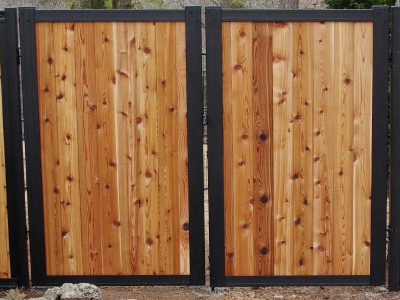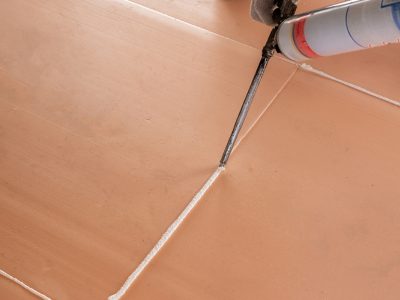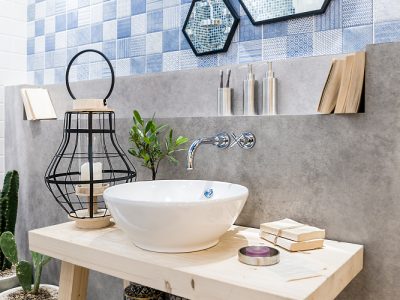If you’ve ever walked into a home and instantly felt like something feels off, you’re not imagining. A home is all about the kind of energy or vibe it emanates. Some spaces make you feel alive and energised, while some may be freshly painted and newly decorated, but still exude heaviness that is hard to ignore. That is the energy of the house.
Think of your home like your own body. When you carry stress for too long, you feel drained. Similarly, a home that absorbs arguments, clutter, or poor airflow can feel suffocating over time. And the truth is, whether you call it Vastu, energy flow, or just “vibe”, our surroundings impact us more than we realise.
The Subtle Signs You Can’t Ignore
- Discord among family members:One of the first giveaways is constant friction among family members. Small discussions lead to big arguments. Even if everyone wants peace, the house itself feels charged with irritation.
- Drained feeling:Fatigue that doesn’t go away- you sleep for eight hours, but still wake up with heavy eyes. Strangely enough, it often gets worse when you spend long hours indoors.
- Unnecessary clutter:In homes where corners are crammed with unused stuff, the energy gets clogged. Keeping or storing shoes at the entrance, hanging or storing broken clocks, old cartons and bags with things you haven’t used in a while, blocks good energies. That’s why in many Vastu tips for home, the first suggestion is simple: declutter.
- Physical indicators: Plants that refuse to survive despite care. Light bulbs that flicker often or appliances breaking down one after another. These might seem trivial and be passed off as coincidences, but when these incidents recur, they build a certain energy and imbalance.
- Restless pets: Even pets sense it. A restless dog that keeps barking at one corner of the room is often reacting to what we can’t see.
Why Vastu Still Matters Today
Some people dismiss Vastu for home as old-fashioned. But if you strip away rituals, what remains is just smart design. It’s about light, air, water flow, and directions—all things that affect well-being.
For example, if your main door opens into a cluttered space, opportunities get blocked. If your bedroom faces harsh west sunlight, it can disturb your sleep pattern. And if the kitchen and toilet share a wall, it creates a constant imbalance.
These aren’t just beliefs—they’re practical. Think of it like arranging furniture so you don’t bump into sharp corners. Vastu works on the same principle, only at the energy level.
How to Start Cleansing and Remove Negativity from Home
You don’t need expensive rituals or complicated steps. Start with everyday actions.
- Clear the entrance. The main door is where energy first enters. Keep it clean, well-lit, and free from shoes piled up. Even a small nameplate or rangoli helps make it inviting.
- Salt and water wash.Many families in India mop the floor with a pinch of rock salt in water. Salt is believed to absorb stuck energy, and it really does make the house feel fresher.
- Fresh air every morning. Don’t underestimate this. Keep windows open for at least half an hour daily. Let sunlight and breeze sweep through. It’s the simplest Vastu remedy for negative energy.
- Bring in natural elements.Tulsi at the entrance, money plant in the balcony, or bamboo in the living room- all are said to purify. And even if you don’t believe in energy, they improve air quality.
- Camphor or incense. Burning camphor, sage, or even simple agarbatti changes the atmosphere. It clears odours, but more than that, it resets the vibe of a room.
- Rearrange furniture. Sometimes energy gets trapped because of blocked paths. Shift your bed so it doesn’t directly face the door. Move heavy cupboards away from windows to let light in.
- Sound and vibration.Ever noticed how peaceful temples feel? Bells, chants, even a simple “Om” resonate through the walls. Playing soft music or ringing a small bell around the house can shift the mood instantly.
- Coloursmake a big difference. Light earthy shades, like cream, pale yellow, and pastel green, open up the room. Dark colours in small spaces trap energy and make the place feel tighter.
- Wateris another great energiser. If space allows, keep a small bowl with fresh water and flowers near the entrance. Replace it daily. Keeping a small waterfall is something you could place in the living room for a good energy source for prosperity.
- Bringing in personal touchesis very impactful. Display lots of family photos, maybe even personally collected curios from travels, self-made decor items, and paintings- they create a welcoming energy.
- Small rituals.Light a diya every evening. Say a small prayer or just sit quietly for five minutes. It’s not about religion—it’s about setting an intention for calmness in the house.
Sometimes it’s not about building bigger or fancier homes. It’s about letting the space breathe. When you treat your home as a place to bond, share and prosper, the energy shifts instantly, creating a calm, peaceful atmosphere.
So, whether you believe in Vastu or just in common sense, the idea is the same: keep the air flowing, keep the corners uncluttered, and keep adding small touches of life.
FAQs
1. Is negative energy in the house real?
You may call it energy, vibe, or atmosphere—whatever the name, it affects how we feel. When the house feels heavy and restless, it’s worth taking action.
2. What’s the fastest way to remove negativity from home?
Open windows, mop with salt water, and burn camphor or incense. These three together make a quick difference.
3. Which plants are best for positive energy?
Tulsi, money plant, aloe vera, and lucky bamboo are all considered good choices.
4. Can colours really change the energy of a house?
Yes. Bright and light shades open up spaces and lift mood, while dark shades in small rooms create a morose atmosphere.
5. Does Vastu always require major reconstruction?
Not at all. Most Vastu remedies for negative energy are about placement, cleaning, and light, not breaking walls.








Comments